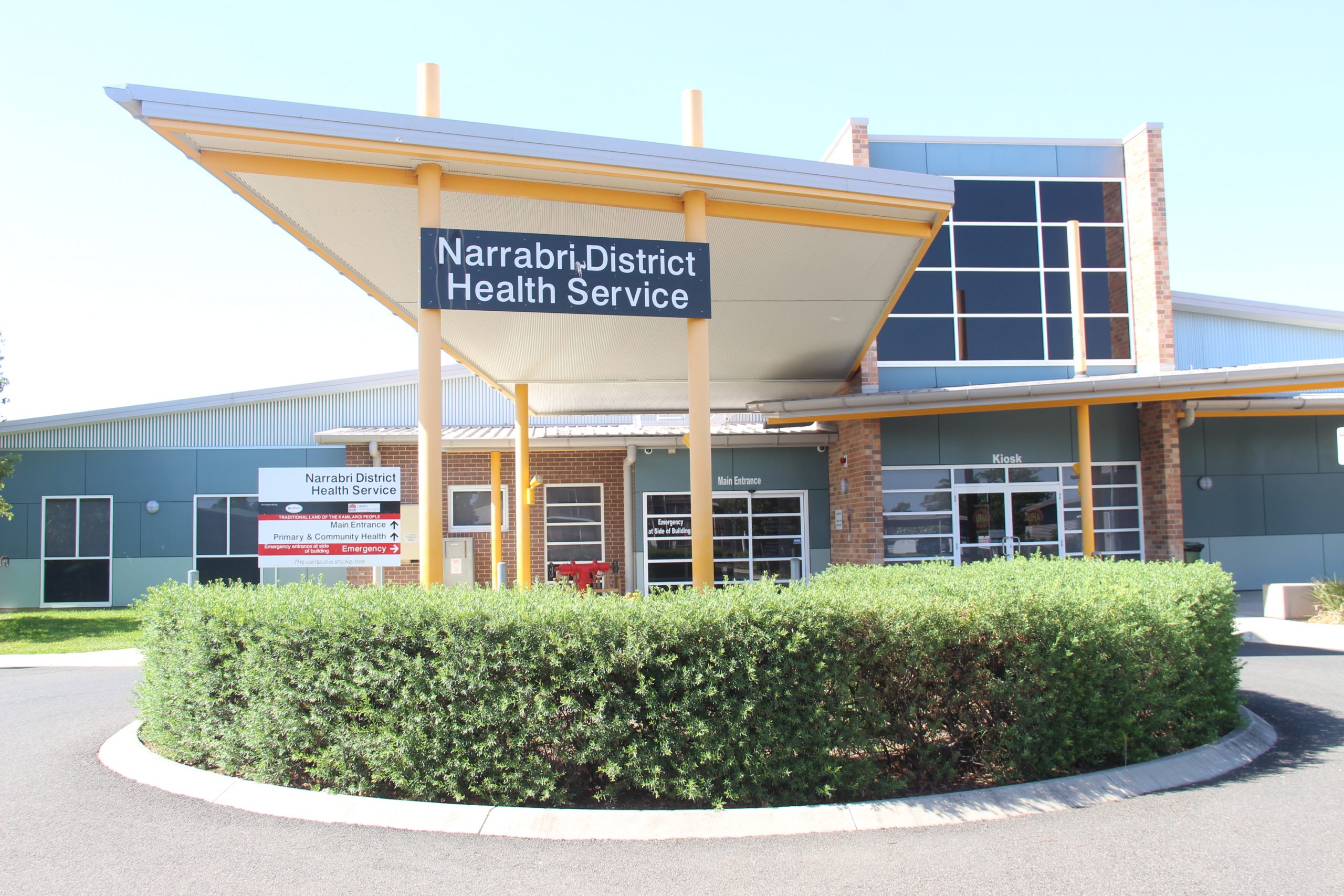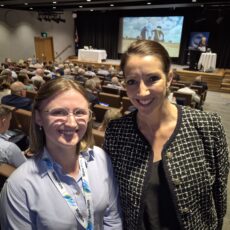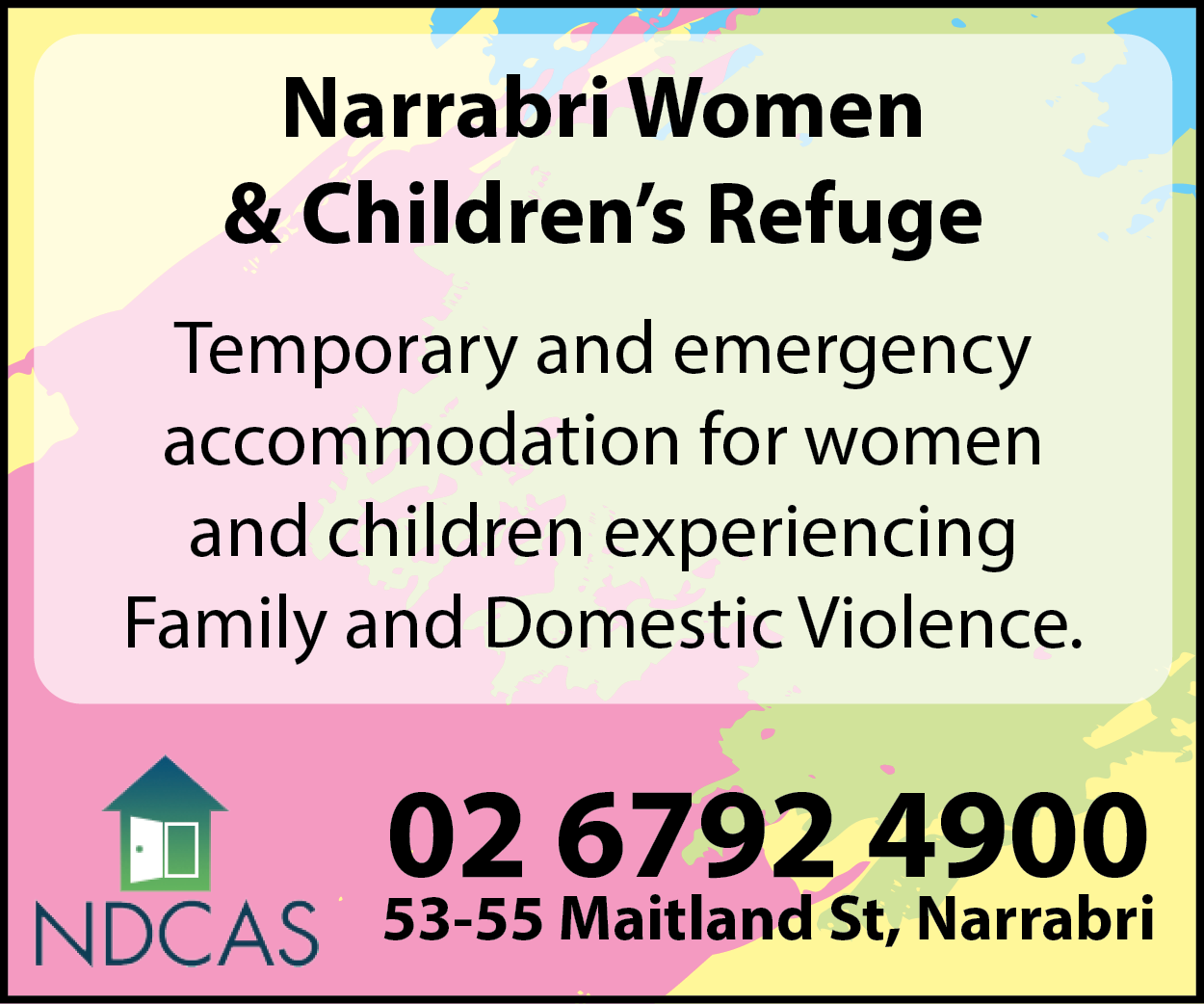Narrabri, Moree Plains and Tamworth Shires are united in supporting a proposed split-up of the Hunter New England Local Health District.
Councils from the North West made submissions as part of an inquiry conducted for the Health Services Amendment (Splitting of the Hunter New England Health District) Bill 2025 tabled in parliament by Member for Barwon Roy Butler.
Mr Butler’s expansive electorate includes Narrabri Shire on the western edge of the district.
In their submissions, councils voiced concern about the state of local health services and a need for reliable, high quality infrastructure within closer reach.
“Currently, the region relies heavily on the John Hunter Hospital as a Level 6 tertiary facility. For serious and complex medical cases, this link provides vital access—patients from Moree can reach John Hunter within approximately six hours, a connection not afforded to many rural areas. However, in practice, this system is increasingly strained,” Moree Plains Shire mayor Susannah Pearse said in the council’s submission.
“Patients are at times first diverted to Tamworth Hospital, only to be redirected again to John Hunter. This double diversion reflects a systemic lack of resourcing and coordination, and adds stress, delay, and risk to critical care pathways.
“The impact on local families and carers is considerable. For example, residents from Mungindi, Boggabilla or Toomelah in our shire’s north face a journey of more than 600km to reach John Hunter Hospital—a distance that is not only cost and time prohibitive, but one that significantly impairs access to consistent support, follow-up care, and family presence during treatment.”
Cr Pearse said these factors contribute to poorer health outcomes and compound existing rural and Indigenous disadvantage.
“By contrast, Tamworth is under 400km away—a significantly more manageable distance that would provide the region with a much more accessible and realistic tertiary care hub,” Cr Pearse wrote in the submission. “Meanwhile, service levels at Moree District Hospital have declined. The maternity unit is frequently on bypass due to staffing shortages in key roles including midwives, GP anaesthetists, and GP obstetricians.
“At present, just one resident GP obstetrician doctor supports the region, with locum assistance. We have seen shifts at the hospital increasingly filled by locum doctors, from 100 per cent filled by local GPs in 2014 with 14 local GPs dropping to seven. During a resident’s recent call to the emergency department to ask if a radiographer was on duty to x-ray an injured child, the switch responded ‘I can do you one better, we don’t have a doctor on.’
“While access to the John Hunter facility remains essential, it underscores a broader issue—our region requires reliable, high-quality healthcare infrastructure closer to home. Any structural change to the HNEHD must address this critical need.”
Moree Plains Shire indicated its support for the proposed health district split-up on the condition that it is accompanied by substantial investment in regional infrastructure in the New England region — specifically, the upgrade of Tamworth Hospital to a Level 5 or 6 tertiary facility, with full resourcing.
“A growing region like ours requires a robust, regionally based clinical hub to reduce pressure on stretched local services and anchor a tiered, sustainable network of care,” Cr Pearse said.
Narrabri Shire Council’s submission, jointly signed by mayor Darrell Tiemens and general manager Eloise Chaplain, said the current system is considered to be currently ‘broken’.
“The sheer geographical size of the responsible organisation, extending from Newcastle to the Queensland border is simply unworkable,” Narrabri Shire’s submission read.
“This is creating significant ongoing health equity and access challenges and overall poorer health outcomes. It is an unfortunate and distressing statistic that, if you live in the Narrabri local government area you can expect to die earlier than both your surrounding LGAS and metropolitan counterparts.
“In the case of the Hunter New England Health District, Narrabri Shire became part of the amalgamation of the New England and Hunter area health services in 2005. It now forms part of the Hunter New England Health District which administers to a population of close to one million people across an area of more than 130,000 square kilometres.
“Newcastle, as the administrative and service focus is a six hour drive away from Narrabri with limited, and at times unreliable, public transport options.”
Council highlighted particular pressures on the Wee Waa community through the reduction of services at the town’s hospital.
Council, along with Mr Butler, have long advocated for a need for full services at Wee Waa. In its submission, council described community sentiment and anger in relation to a reduction of services at the Wee Waa Hospital as “palpable”.
“The landing page of the Save Wee Waa Hospital website provides an insightful snapshot of the community’s views: ‘With no assigned doctors, no after-hours emergency care, and no patients in its wards, it is hard to lake the feeling that Hunter New England Health has every intention of shutting this hospital down’. These concerns reflect an ongoing gradual reduction of essential local health services through centralisation of services to regional centres and cities,” the council submission read.
Tamworth Regional Council, which would serve as the centre-point of a new North West/New England health district if the split-up did occur, also indicated its support for what has been proposed.
“Council is not confident this bill will in itself solve all of the health care issues in our region, however, council does firmly believe that health care decisions related to our large and diverse region should be made by a body that is connected to, and resides within, the region and not in Newcastle,” Mayor Russell Webb wrote in Tamworth Regional Council’s submission.
“The Hunter New England Health District is an enormous region that stretches from Newcastle to the Queensland border. HNEH attempts to service 25 local government areas, with a combined population of more than 950,000 people and is the only health district in the state that is expected to deliver rural and remote services from a metropolitan base.”
Cr Webb said council believes the current approach where all of its local residents are diverted to the John Hunter Hospital in Newcastle for specialist care has resulted in the gradual but consistent decline of local hospitals.
Gunnedah Shire Council had tabled its submission at a meeting in April. The document also indicated its support for a health district split.
However, councillors voiced concern that there was a lack of information behind the district split.
Rather than adopting the motion set out in the agenda, to make a submission, councillors agreed to flag with the Minister for Health and the Hunter New England Local Health District the results of a survey which shows “there is a complete lack of trust [and] support from them for our health services within this district”.
In the neighbouring regions, Inverell Shire indicated it was taking a neutral position in regards to the proposed health district split while Uralla Shire said the structure of the LHD is not the issue and that the allocation of resources was the concern. Uralla Shire said it would not support a proposed division. Gwydir Shire, however, has backed splitting the health district.
To order photos from this page click here










